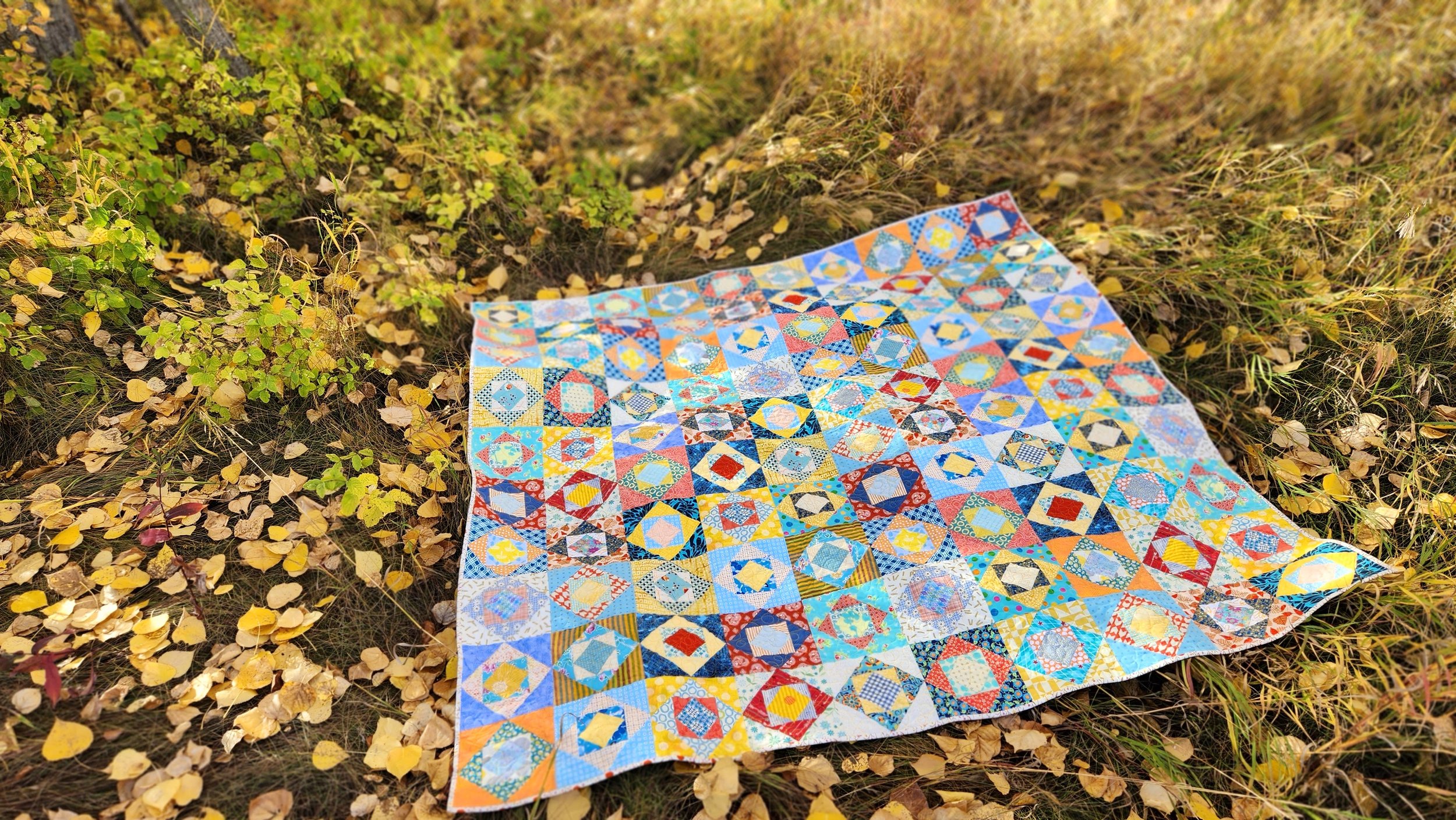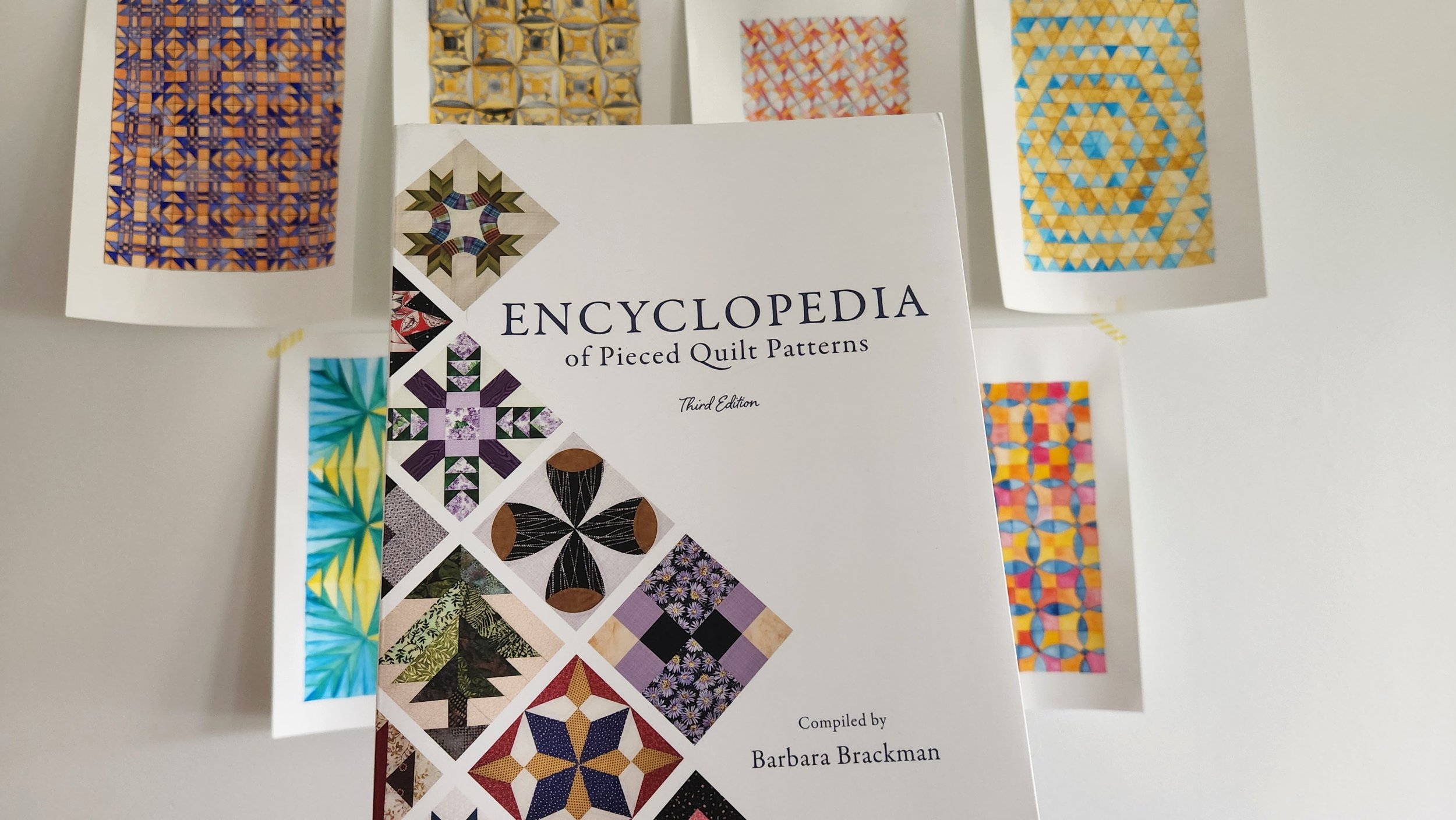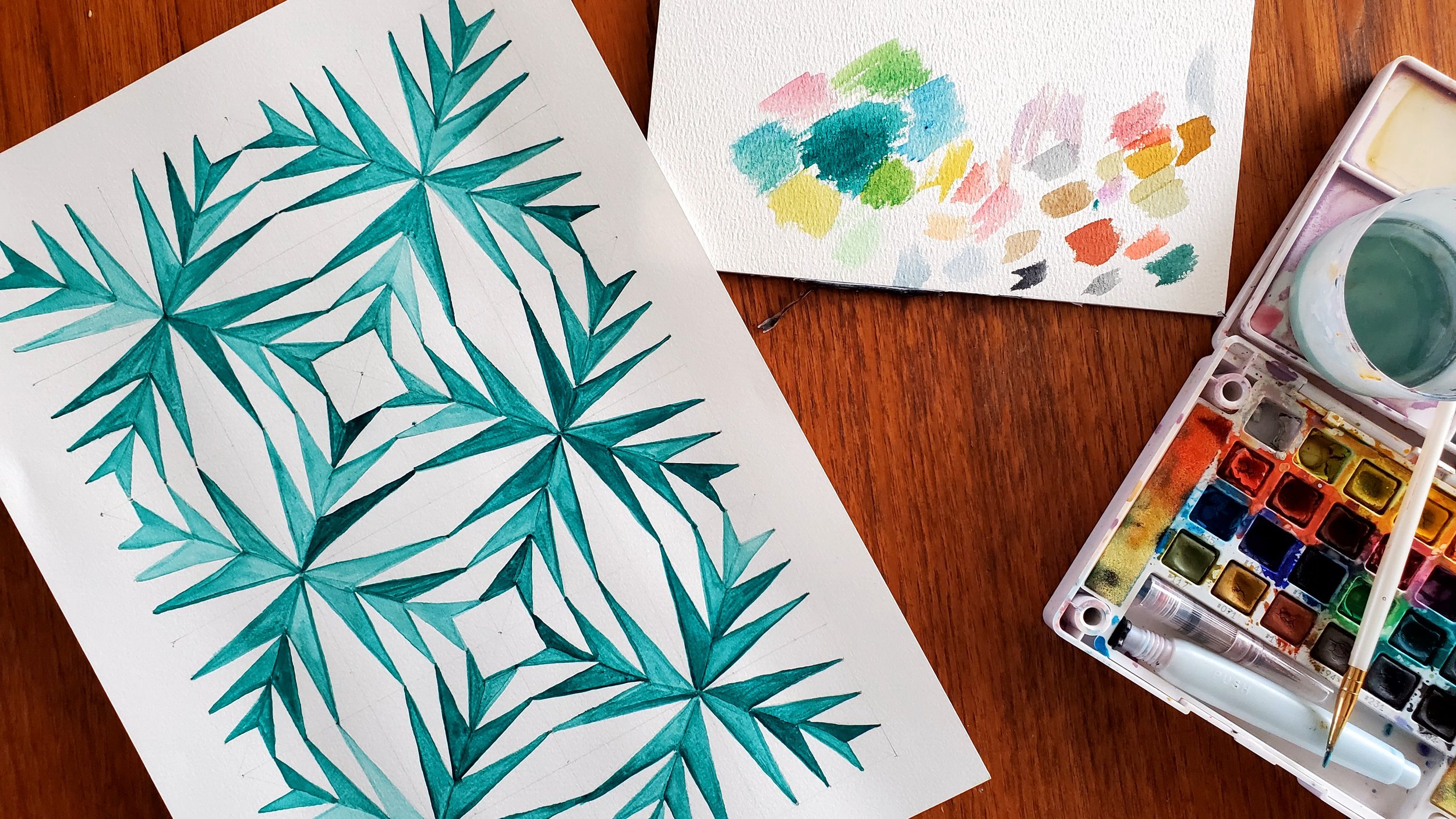Darcy
55” x 55”
Spunky and full of life. Might come across one way to folks, but she is holding back, that’s all. Knows how to dress the part, code switch, and be what others want her to be. The truth is, she is so much more than anyone thinks or gives her credit for. One day she’ll make a permanent switch, but for now she is going to keep going and stay spunky no matter what.
Recently finished this beauty to gift for a lovely little family baby. The top had been sitting for years, almost as long as her parents have been a couple! The top itself was completed in 2019, from a stack of blocks that were teaching samples for my Values class. But with the right backing she became a sweet gift for a sweet family.
I didn’t get too fancy when quilting her. These strong lines don’t need much more than a highlight to make them sing. You could do an all over design, but I felt like exercising some different muscles.
When you are working with neutrals you can really choose any colour for the quilting. I used a pale pink cotton thread from the stash, maybe a Precensia? I ran out just before I finished and the store was out of that colour so I finished with a Mettler in an almost identical colour. You cannot tell, I promise. Why pink? Well, the backing fabric was a very cute pink fabric with horses and flowers all over it. Now that fabric shines on the back and design is accentuated on the front.
To finish her I added the bright blue (not quite turquoise but not a royal blue) binding. It worked well with the backing fabric and added some fun colour with the front. Perfect for a little one.
And just as I was preparing this post Mama texted me photos of baby girl snuggled asleep with the quilt. Makes a quilter’s heart smile.




















